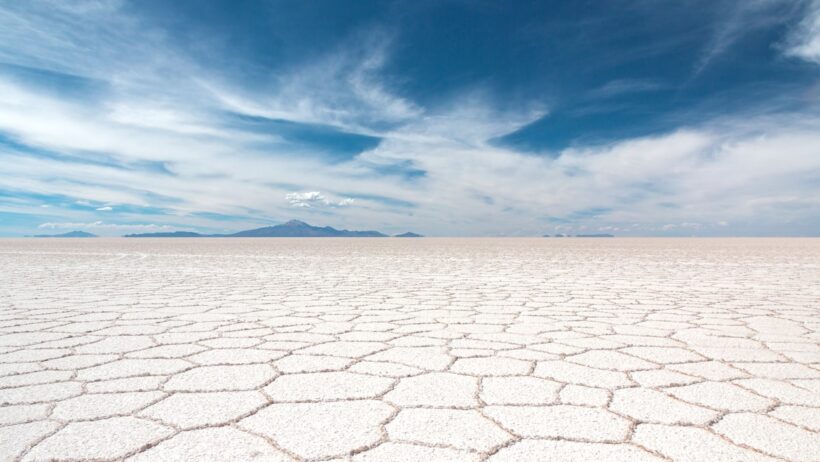Bolivia, a landlocked country in the heart of South America, boasts a climatic tapestry that intricately weaves together a diverse array of weather patterns, largely shaped by its unique topography and geographical location. How does one reconcile the frigid Andean chill with the sweltering heat of the Amazon? This question delves into the complexities of Bolivia’s climate, which varies significantly across its regions, influenced by elevation, latitude, and proximity to vast water bodies.
To comprehend Bolivia’s climatic dichotomy, it is paramount to first appreciate its geography. The country is geographically stratified into several distinct regions: the high-altitude Andes, the temperate valleys in between, and the tropical lowlands of the Amazon Basin. Each of these regions possesses its own microclimate, contributing to the rich biodiversity and cultural pluralism that characterize Bolivia.
The Andes, which run along the western edge of the country, create a formidable barrier that significantly affects weather patterns. At elevations exceeding 3,000 meters (9,842 feet), the climate is predominantly cold, with temperatures frequently dipping below freezing, particularly during the evening hours. The highland climate is characterized by pronounced diurnal temperature variation, where days can be warm and sun-drenched while nights turn frigid. The average temperature in cities like La Paz ranges from a balmy 16°C (61°F) during the day to a chilly -3°C (26°F) at night.
In addition to temperature fluctuations, precipitation in the Andean region is predominantly seasonal. The rainy season, which typically spans from December through March, provides vital moisture, feeding rivers and sustaining agricultural activities. However, the dry season from April to November poses challenges for farmers reliant on consistent rainfall. The Andean chill, while refreshing, can also be detrimental, particularly when unexpected frosts occur, impacting crops such as potatoes and quinoa.
Transitioning from the Andes to the valleys, one encounters a milder climate. Cities like Cochabamba are nestled in bowl-shaped valleys that trap heat, resulting in warmer temperatures relative to their Andean neighbors. Here, the climate becomes more temperate, with average temperatures hovering around 20-25°C (68-77°F) year-round. The valleys’ fertile soil, coupled with a favorable climate, has made this region an agricultural hotspot, famed for growing a wide array of fruits and vegetables. However, the climate can still be unpredictable, and fluctuations often lead to challenges in farming, particularly as climate change continues to exacerbate weather extremes.
To the north and east lies Bolivia’s Amazon Basin, a region that starkly contrasts the Andean chill with its humid, tropical climate. Characterized by high temperatures and consistent rainfall, this region experiences a more stable climate, with average temperatures ranging from 25°C to 30°C (77°F to 86°F). The Amazon’s wet season, which generally occurs from November to March, results in almost daily rain, contributing to the region’s dense vegetation and rich ecosystems.
However, the Amazon Basin is not without its challenges. The threats of deforestation, driven by agricultural expansion and illegal logging, have profound implications for the global climate. As the rich biodiversity of the area faces unprecedented threats, the interplay between Bolivia’s climate and environmental preservation has never been more critical. How can Bolivia balance its economic development needs with the urgent imperative to protect its invaluable ecosystems?
The differing climatic conditions across Bolivia create a fascinating yet complex narrative, rich with opportunities and challenges. The interplay of elevation and geography raises questions about sustainable practices. The impacts of climate change, as evidenced by erratic weather patterns and increased frequency of extreme weather events, are felt across all regions with growing intensity.
Bolivia’s climate is emblematic of broader global challenges. The plight of the Andean farmer facing unpredictable rainfall, the valley inhabitant enjoying temperate climes, and the Amazonian communities grappling with the aftermath of deforestation highlight the urgent need for adaptive strategies. Such strategies may include sustainable agriculture practices that mitigate the effects of climate variability and promote environmental stewardship.
Moreover, cooperative efforts at the regional and international levels could yield innovative solutions. There is a growing recognition that climate resilience must be cultivated at multiple scales, from local communities to national policies. How can Bolivians engage in proactive dialogues to address these pressing climate issues? Building alliances among indigenous populations, scientists, NGOs, and government entities will be essential in shaping a holistic approach to climate resilience.
The climate of Bolivia invites both wonder and concern. It presents a unique blend of extremes, challenging residents to meet their needs while remaining stewards of the environment. With the enchanting beauty of the Andes juxtaposed against the lush expanse of the Amazon, Bolivia’s climate story is one of resilience, adaptation, and the urgent call for action. All of us can play a role in advocating for policies and practices that prioritize environmental sustainability while ensuring the well-being of diverse populations living in this remarkable country.
This narrative raises a final question: Can Bolivia navigate these diverse climatic challenges to secure a sustainable future? The answer depends on collective action, innovative solutions, and a deep commitment to understanding the intricate relationship between climate, culture, and the environment. Only then can Bolivia truly thrive amid the interplay of Andean chill and Amazon heat.








